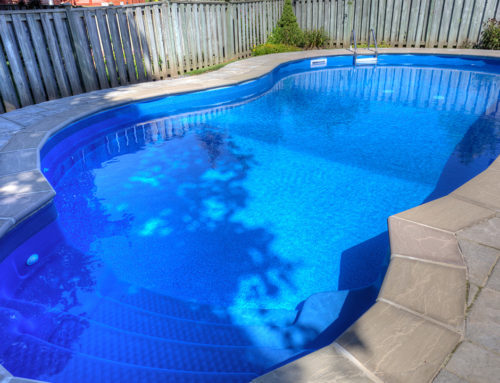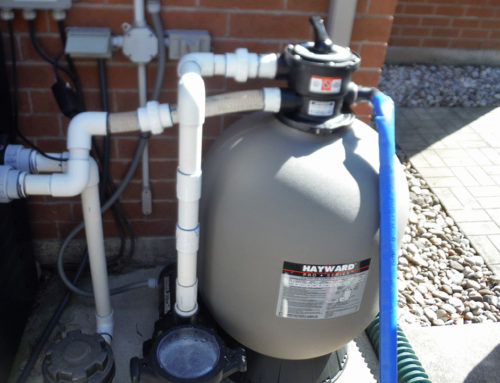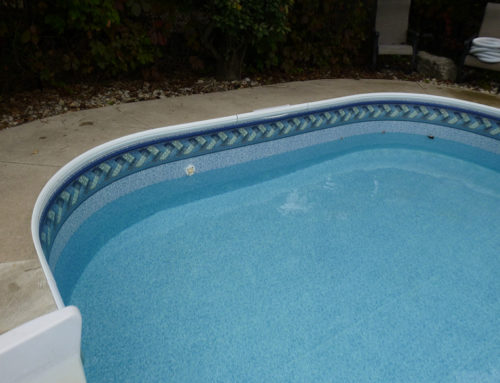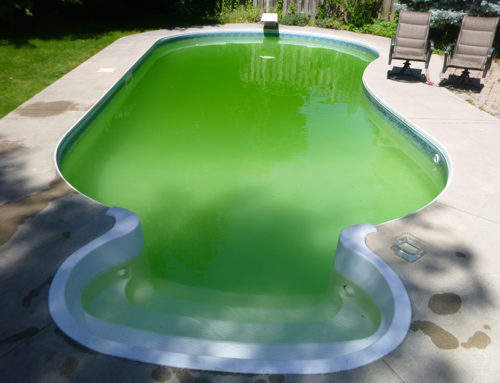Dealing with Stubborn Algae? Here’s What to Do:
Hello everyone, thanks for popping by! If you’ve never had to deal with algae in your residential pool, you might be a literal wizard. Please come by our store to teach us all your spells and incantations.
If you have experienced algae, you might be interested in learning some non-magical tips and tricks for recognizing, diagnosing and treating it in the future.
Types of Algae:
- Green Algae: The most common, green algae can take over in peak summer when our chlorine dose hasn’t increased to account for the extreme heat and increased pool use, or when our vacations to cottage country bring it home on our bathing suits. The first symptom of green algae is slimy or slippery walls or floor.
- Mustard Algae: This algae may look like dirt or pollen on the bottom of the pool. This algae is resistant to chlorine and can survive outside of the pool on toys or equipment, making it especially stubborn.
- Black Algae: This algae is actually a type of bacteria. It can root into the pitted surface of a concrete pool or seams or wrinkles of vinyl lined pools and can be difficult to remove.
- Pink Algae: Also a bacteria! You’re more likely to see pink algae form in shallow puddles on the deck or on your vinyl winter cover than in the water itself.
How to Prevent and Treat Algae:
- Run the pool pump 24/7, or as much as possible. Proper turnover and filtration of the pool water is crucial for keeping down algae.
- Regularly brush the walls and floor. Many people skip this step, but a good brushing will lift away traces of algae before a full bloom happens and allow the filter to remove them.
- Use a regular dose of algaecide. Algaecide irritates algae spores so they can’t develop the membrane that makes them resistant to chlorine, preventing growth.
- Shock thoroughly with powdered shock (calcium hypochlorite) or liquid chlorine (hypochlorous acid). Stubborn algae requires a double or triple dose of your usual shock treatment – err on the side of too much rather than too little.
- Clean pool toys and equipment with a solution of 1 ½ tbsp bleach or liquid chlorine per 5 litres of water. Clean vacuuming and maintenance equipment the same way, or by resting them in the shallow end of the pool when shocking. Algae can cling to toys and equipment and get reintroduced to the pool every time they’re used.
- Clean – don’t just rinse – your filter. Soak cartridges in a proper filter cleaning solution to thoroughly break down and lift away trapped dead algae.
If you’re dealing with an algae problem, don’t hesitate to come by our store at 1800 Appleby Line for a free water test and advice on algaecides, shock, and filter cleaners. We look forward to seeing you!











